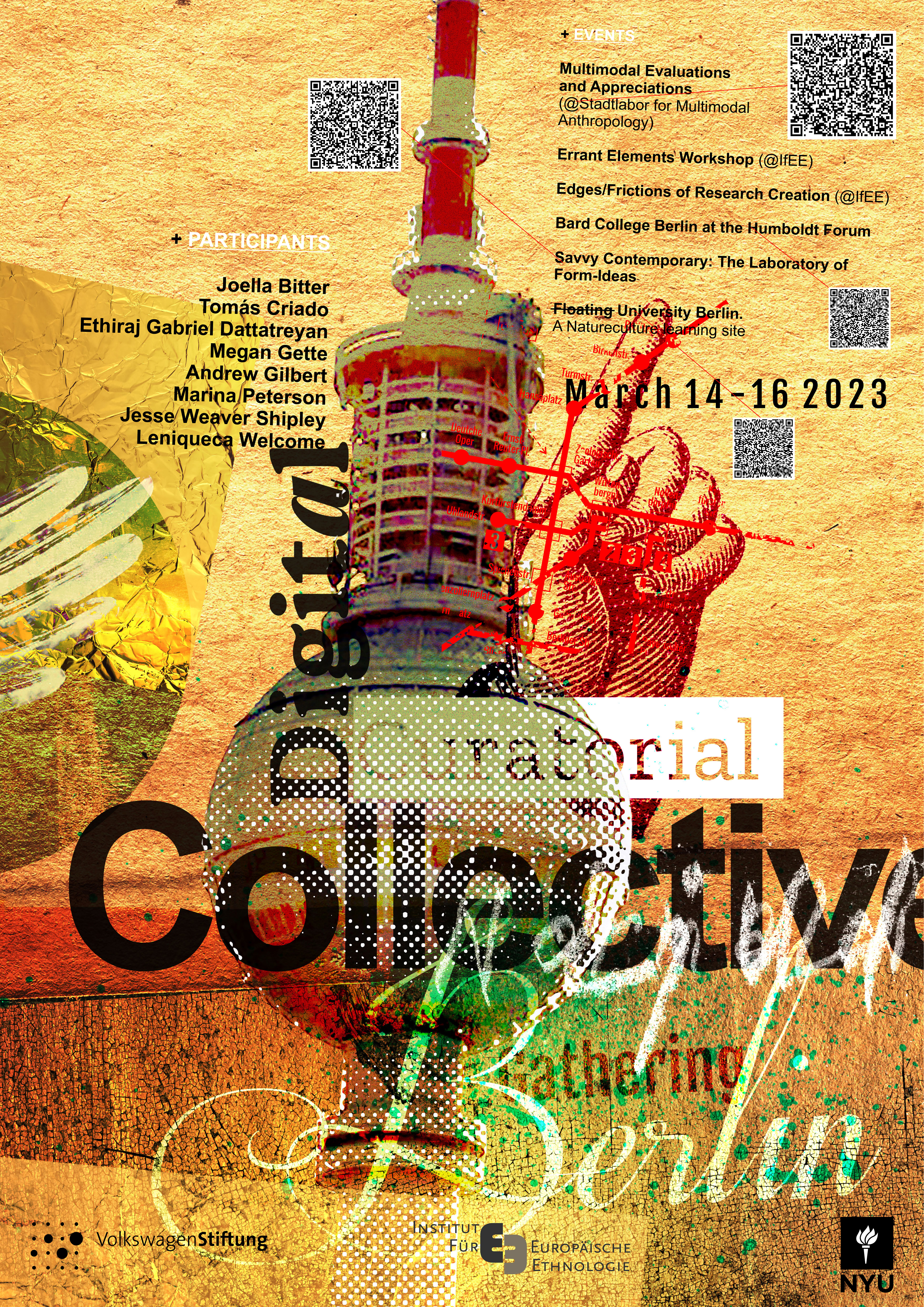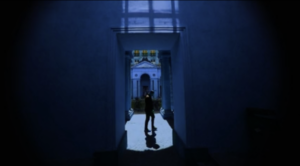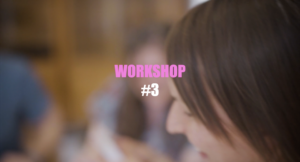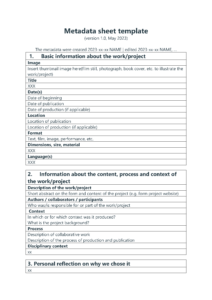In the first two months of our project we began by reading and discussing recent and influential anthropological texts on multimodality, to understand the different experiences and approaches to more-than-textual research among the members of the research team, and to reflect on the multiple versions of what multimodal research could be. In order to develop approaches for appreciating and evaluating multimodal works in anthropological research, publication, and teaching, it first seemed relevant to learn from the different disciplinary backgrounds and expertise of the team and to consider the different theoretical and historical contexts, methods, and tools from which multimodal work emerges and which influences how it is perceived. This process of reflection is ongoing and will take place both within the team and in workshops, in order to build a foundational understanding of different knowledge backgrounds and experiences across the different fields of visual and sonic anthropology, graphic ethnography, gaming and design.
Our first workshop happened in collaboration with the Digital Curatorial Collective (DCC) of the Society for Cultural Anthropology at the Stadtlabor for Multimodal Anthropology on March 14th, 2023 (see program). Across two sessions, we considered the distinctions and similarities across forms and formats, as well as existing standards of evaluation in journal publishing. To get the discussion started, participants offered short presentations on ethnographic listening, graphic ethnography and comics, audio papers, collages, poetry, films, and games/design. We were also fortunate to learn from the experience of a former editor for the online journal Entanglements: Experiments in Multimodal Ethnography, as well as from a current member of the editorial collective in charge of the Multimodal Anthropologies section of the journal American Anthropologist. Here we learned that three overarching questions guided the evaluation of multimodal submissions: How does the multimodal component correspond with the overall narrative of the contribution/piece? What is the strength of the media-technological aspects of the form? In which ways does the contribution/piece reflect an ethical reflexivity through form and content?
The question of genres of multimodality became central to our discussion. We asked about what the different modalities stood for: perhaps they primarily mobilize or rely upon sense experience, and thus we might expect distinctions in the way meaning is generated through visual perception when compared to the perception of sound. Alternatively, we considered whether it was different forms (comic, film, audio paper, game) or genres within those forms, that offer the better way to understand them as different forms of representation in anthropology. This led to questions about multiple disciplinary traditions, approaches and debates, the local histories they are located in, and how approaches and concepts of the multimodal relate to them?
Another strand of conversations regarded whether multimodality constituted a rejection of the textual in favour of the non-textual or whether it works make more sense to speak of not-only-textual or more-than-textual work. This in turn launched a series of discussion on the difference between writing about and doing multimodal work, as well as different approaches to how multimodality relates to the experimental. Here a tension was identified between the deliberate provisionality and openness of multimodal works and publication contexts and formats, and the institutionalisation of multimodal research in the context of establish publishing houses and peer-reviewed journals. Some participants disputed the idea that the term “experimental” was the right way to describe how multimodal work emerges and is presented.
After the presentations of multimodal works, we tried to come up with ideas about how we could evaluate them. At first glance some definitive criteria were identified, it quickly moved to a conversation about the theories we are drawing upon to identify what a multimodal work is and how it is produced (and at what point we can consider it “finished”); we discussed whether “learning to appreciate” could be taken as an iterative and open-ended process of making certain nuances discussable, as well as whether such learning would require more hands-on approaches (such as, learning to do the kind of work under consideration).
This also opened up different strands of debate on how conventional academic evaluation systems are a problem, and whether this just applies to multimodal works or to all anthropological productions. Some participants suggested that what multimodal works reveal (the need for more thoughtful and careful approaches) in truth amounts to a good evaluation process for any kind of work. But we also discussed at length that the approach to evaluation might need to be different, and that we can learn from museum curatorial assessment forums, as well as jury and commission work in the art and film worlds.
In a forthcoming post we’ll share other reflections on this meeting.
Beyond this, regular exchange and discussions of the team forms the necessary basis and discursive background against which we will start selecting, describing, and cataloguing multimodal works. These recurring questions are, indeed, leitmotifs of our curatorial and analytical work in this project.



